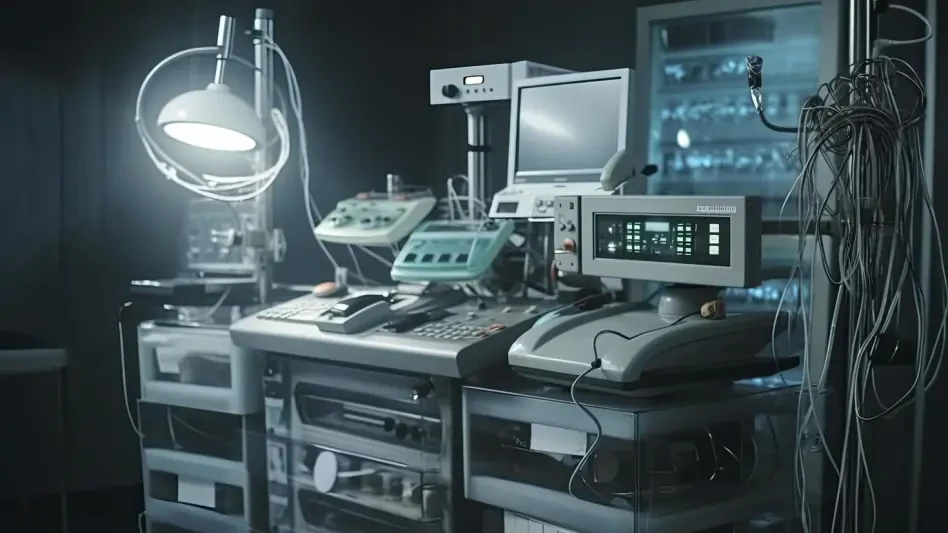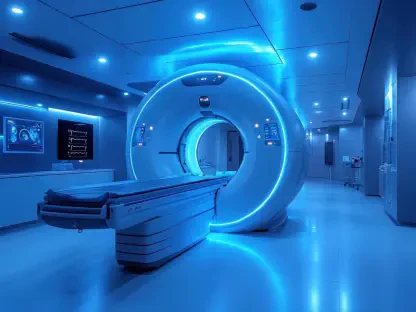The regulation of medical devices in Great Britain has undergone a substantial overhaul, marking a critical shift in the country’s approach to healthcare technology and patient safety. This reform is led by the Medicines and Healthcare products Regulatory Agency (MHRA), which aims to align safety standards with the rapid advancements in health technology. Central to this transformation is the introduction of new Post-Market Surveillance (PMS) regulations, compelling device manufacturers to actively monitor the safety and performance of their products once they are in use. These regulations are designed to enable the early detection of potential safety threats, thereby ensuring the protection of patients who rely on medical devices for their health and well-being.
Reinforcing Market Surveillance and Safety Standards
These reforms apply to all UKCA- and CE-marked devices available in the Great Britain market since the middle of this decade. This includes a wide range of devices, such as in-vitro diagnostic devices, active implantable devices like pacemakers, and technologies used in both hospital settings and at home. The MHRA’s Chief Executive, Lawrence Tallon, emphasizes that the reform is a strategic move to establish a regulatory system that prioritizes patient safety while simultaneously nurturing innovation in life sciences and medical technologies. The reforms oblige manufacturers to implement systems for monitoring, collecting, and reporting safety data. They also require quick action in response to any serious incidents, with new directives for trend and summary reporting assisting in the rapid identification of safety concerns.
The revised regulations focus on strengthening the collection of real-world data and expanding incident reporting protocols. These changes also lay down clearer guidelines for risk mitigation and communication responsibilities that device manufacturers must follow. The new policies highlight the importance of transparency, particularly concerning AI-driven medical devices, ensuring that innovation does not come at the expense of patient safety. The MHRA has published comprehensive guidance to help manufacturers adapt to these changes, ensuring transparency and proactive regulation are deeply embedded within the industry. This proactive and transparent approach not only safeguards patients but also supports cutting-edge technological advancements in medicine.
Supporting Innovation While Safeguarding Patients
This comprehensive reform represents a notable trend toward a proactive regulatory environment that harmonizes technology advancement with safety considerations. By establishing requirements for real-world data collection, the MHRA is striving to create a regulatory framework that is not only responsive but also forward-thinking, equipping it to manage the complexities of modern medical technology. This framework signifies a move away from reactive processes, allowing for more dynamic management of the safety and efficacy of medical devices. The focus is on encouraging communication between manufacturers and regulators to foster a culture of safety and vigilance.
In reinforcing efforts to enhance data transparency and accountability, the MHRA underscores the necessity of evolving regulations that reflect advancements in medical technology without compromising patient safety. The significant changes in reporting and risk management emphasize the agency’s commitment to continuously adapt to the innovations within the medical field. These reforms seek a balance that supports technological progress while maintaining robust protections for patients, ensuring that the government remains a global leader in health technology advancements. This intricate balance of regulation and innovation is essential for sustaining progress in medical science, as it creates an environment where safety and technological growth coexist harmoniously.
Pioneering a Modern Approach
Medical device regulation in Great Britain has been significantly reformed, signaling a pivotal change in how the nation approaches healthcare technology and patient safety. Spearheading this transformation is the Medicines and Healthcare products Regulatory Agency (MHRA), which seeks to harmonize safety standards with the swift progress in healthcare technology. A key component of this revamp is the implementation of new Post-Market Surveillance (PMS) regulations. These regulations require device manufacturers to actively oversee and assess the safety and performance of their products after they have entered the market. The primary goal is to identify potential safety issues early, thus safeguarding patients who depend on medical devices for their health and well-being. This proactive approach ensures that any risks are swiftly addressed, thereby maintaining high standards of patient care. Through these regulatory changes, Great Britain aims to foster a healthcare environment that adapts to technological innovations while prioritizing patient protection.









